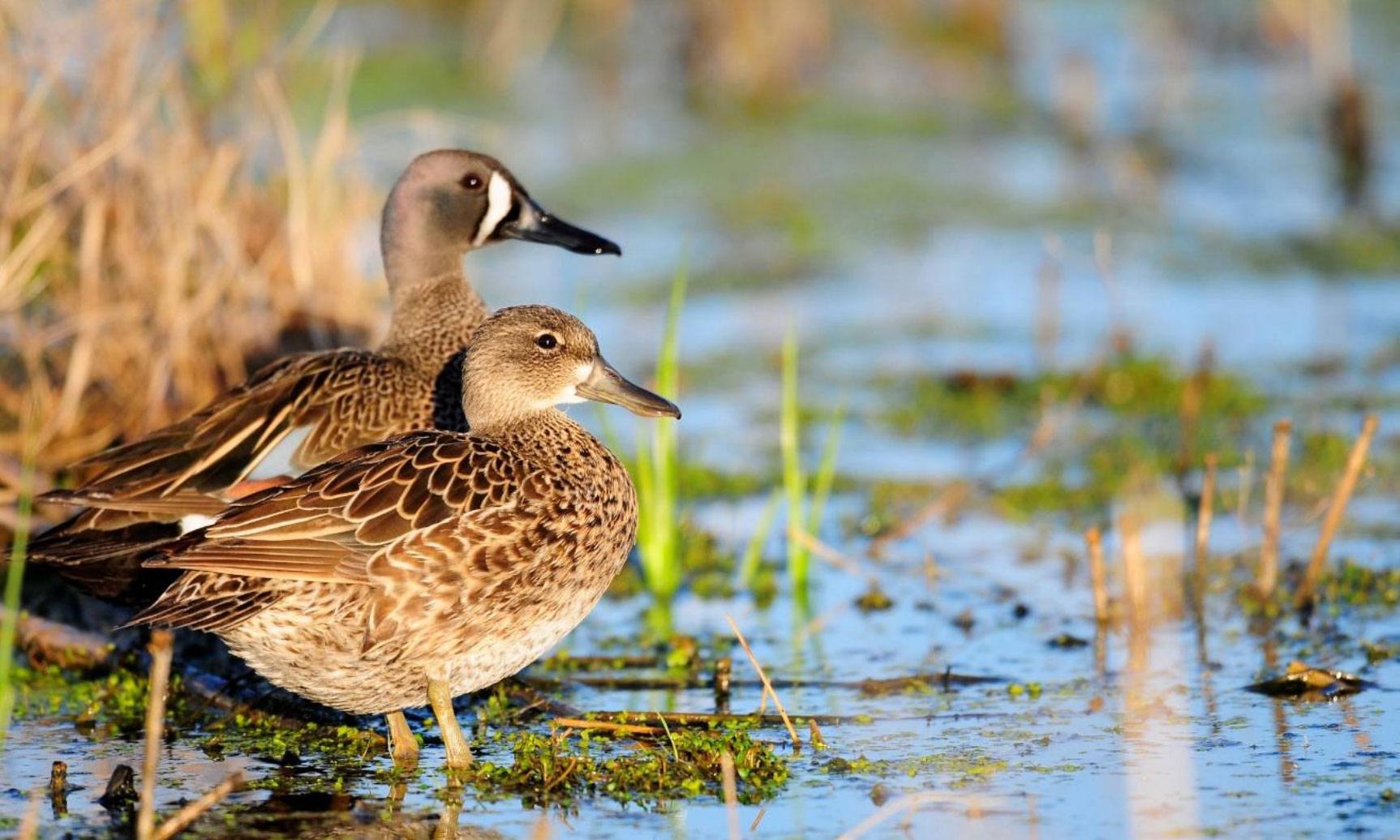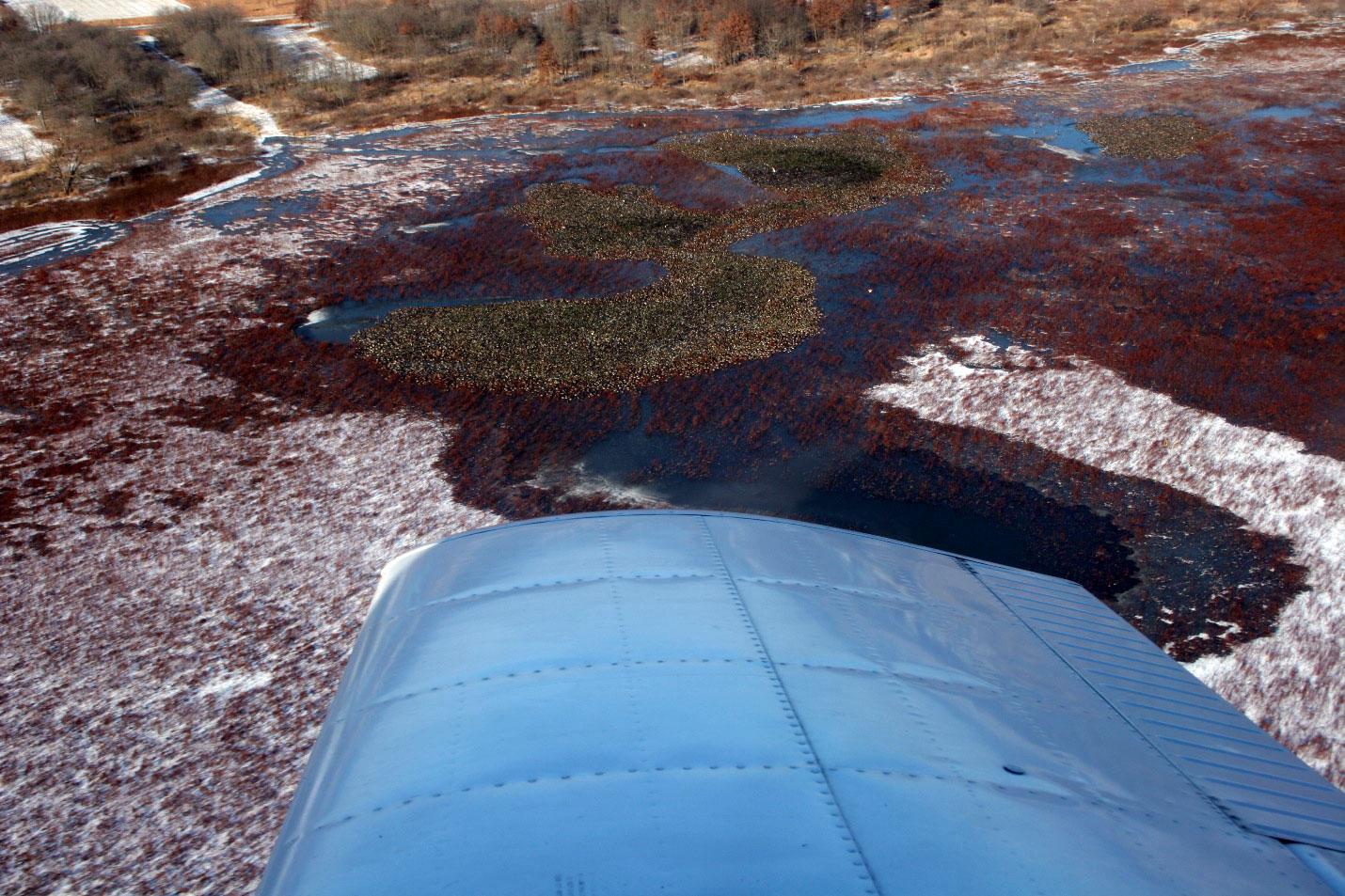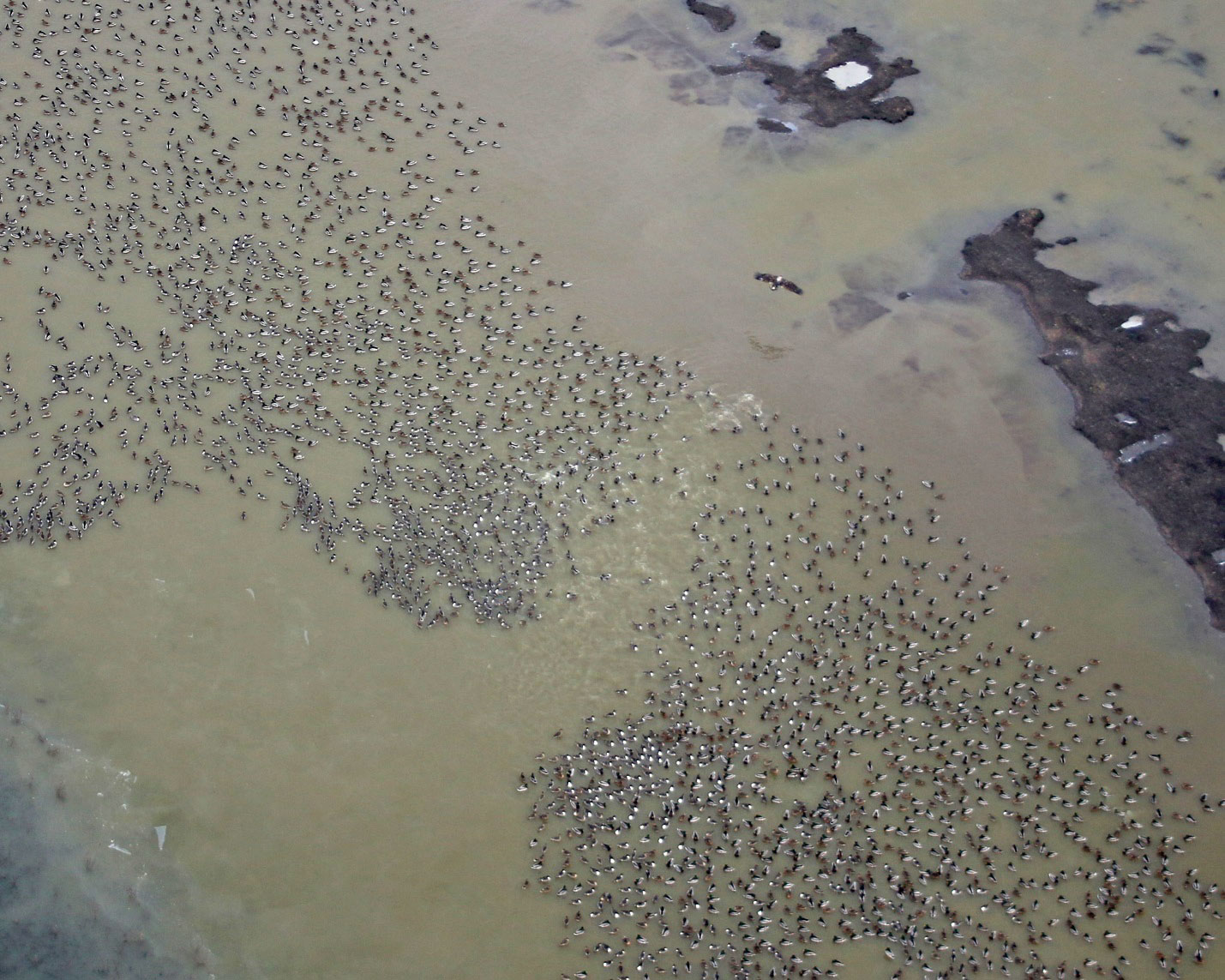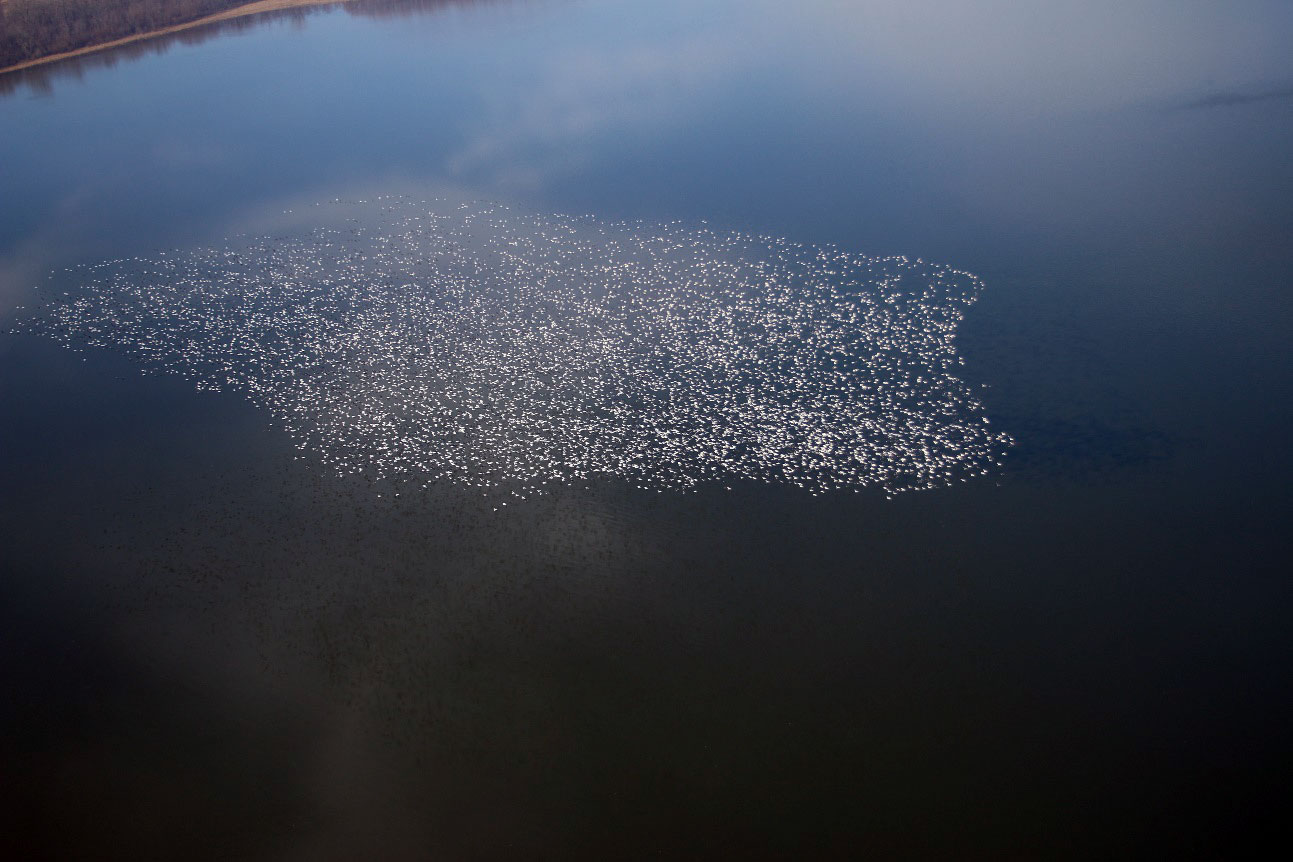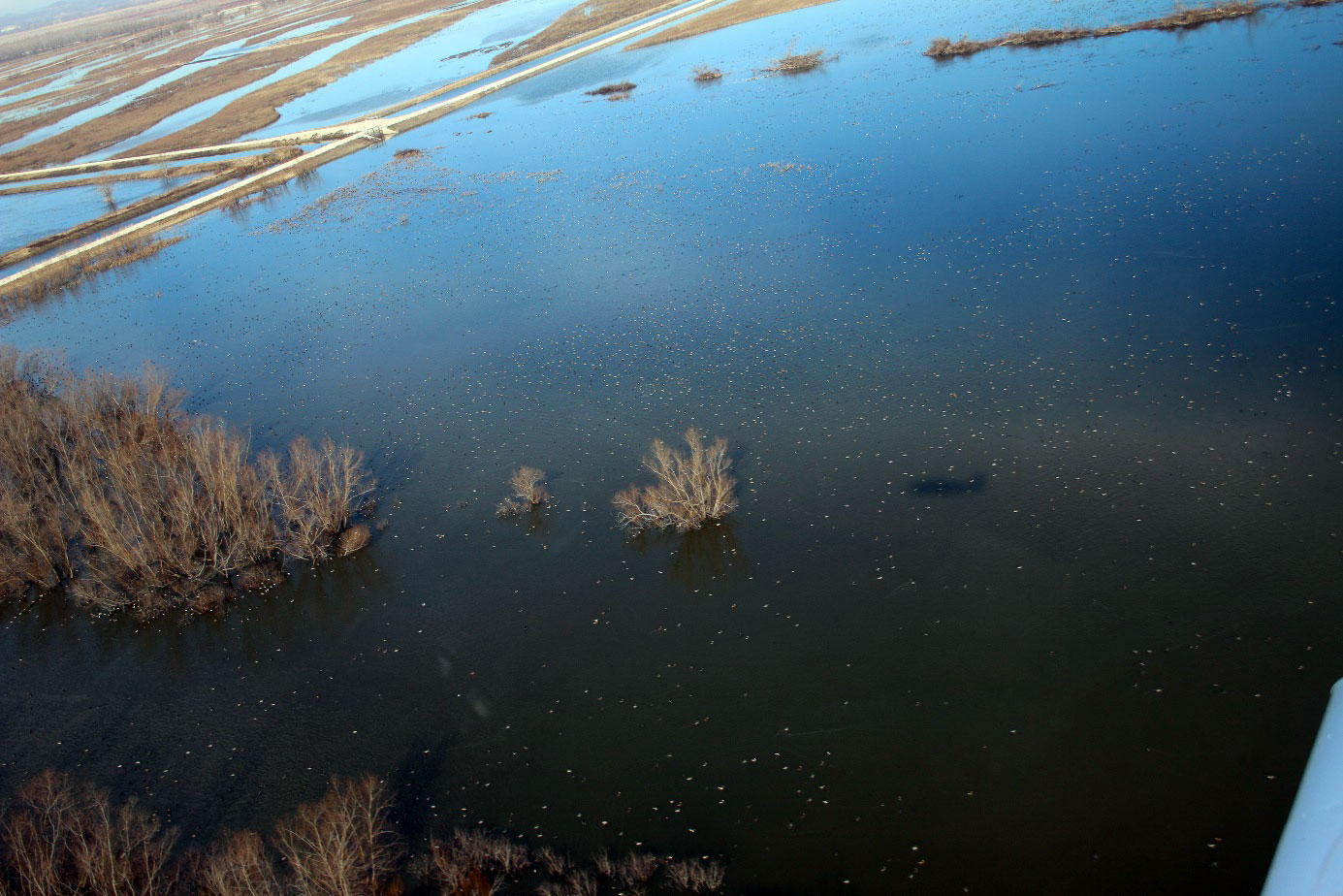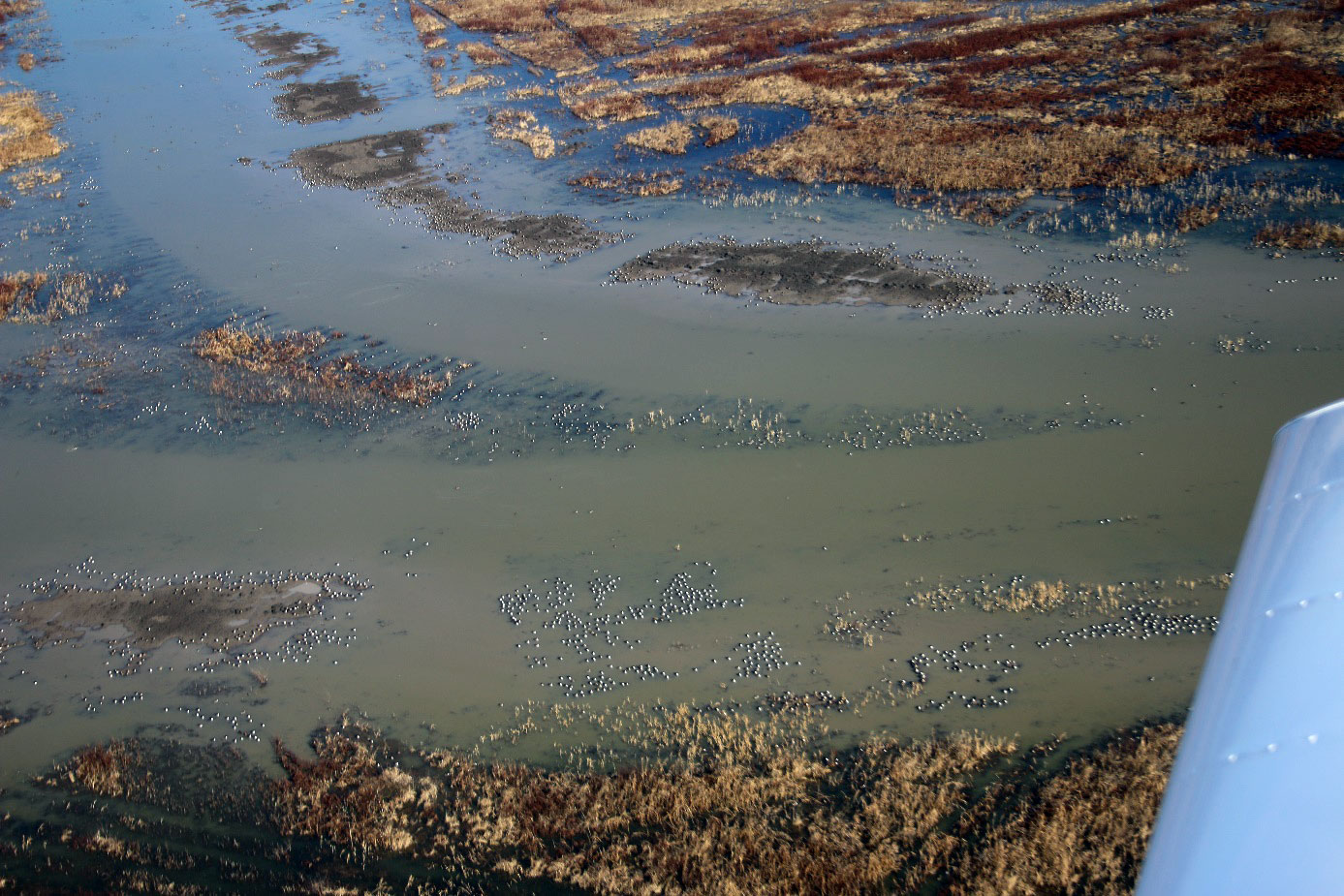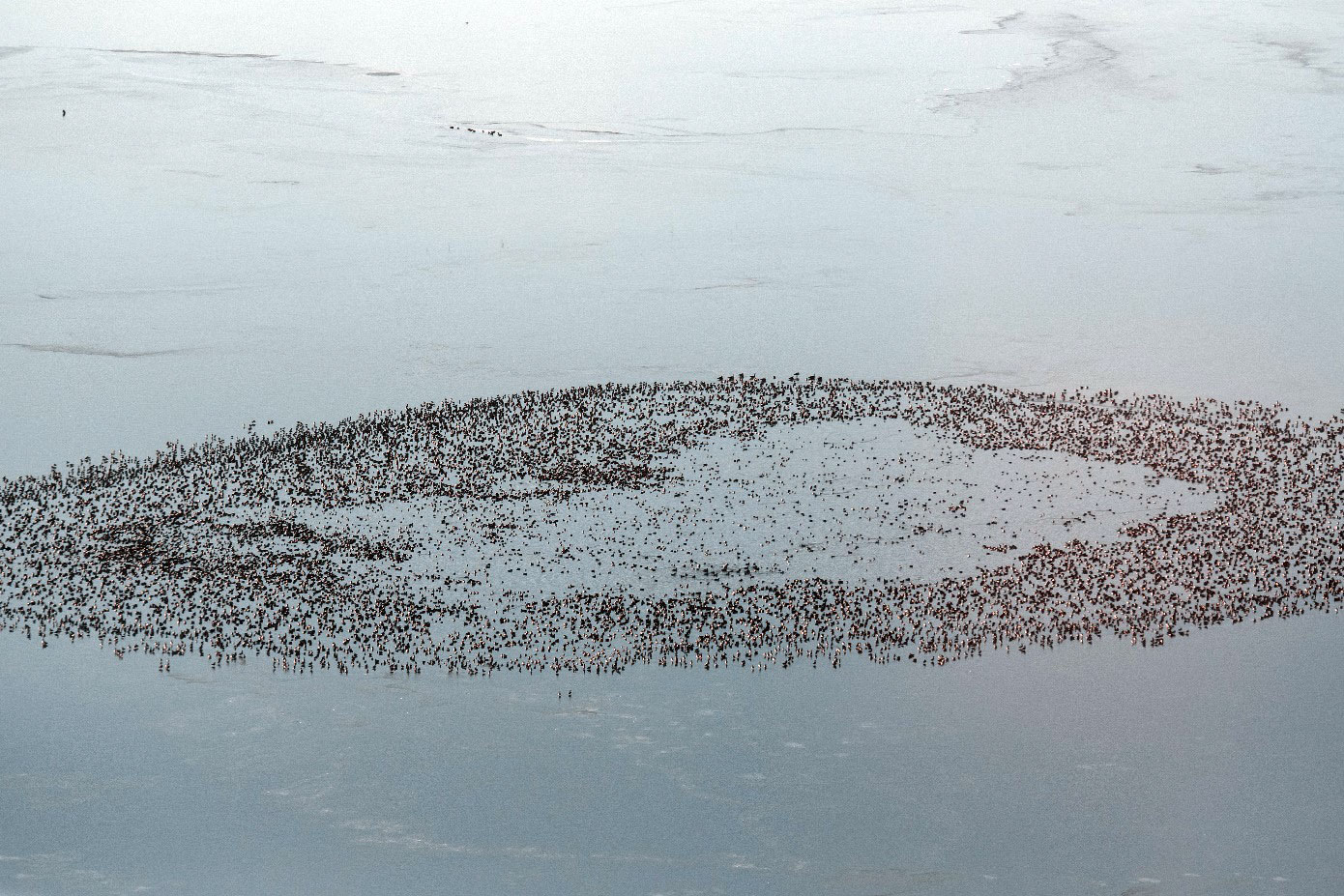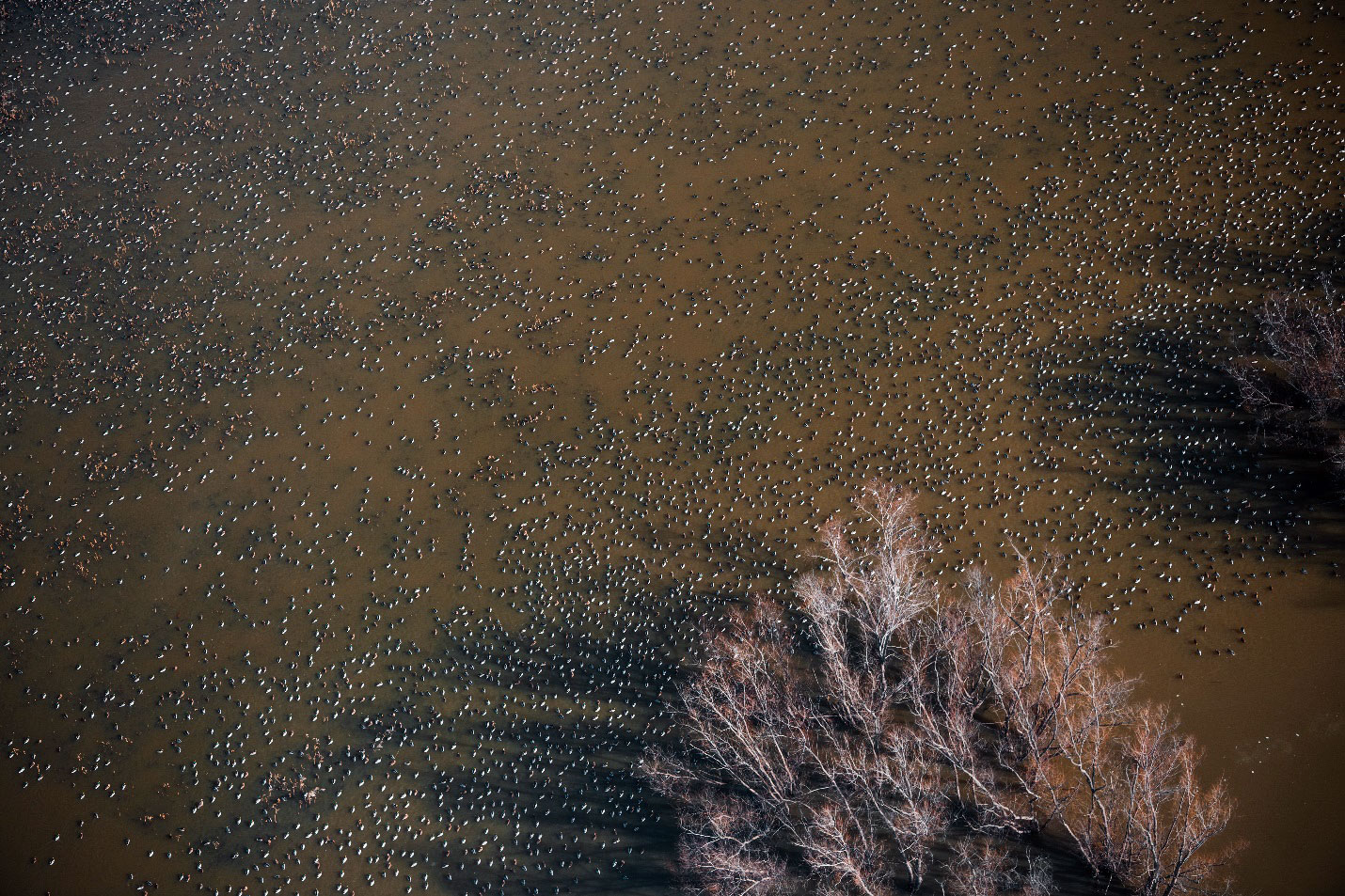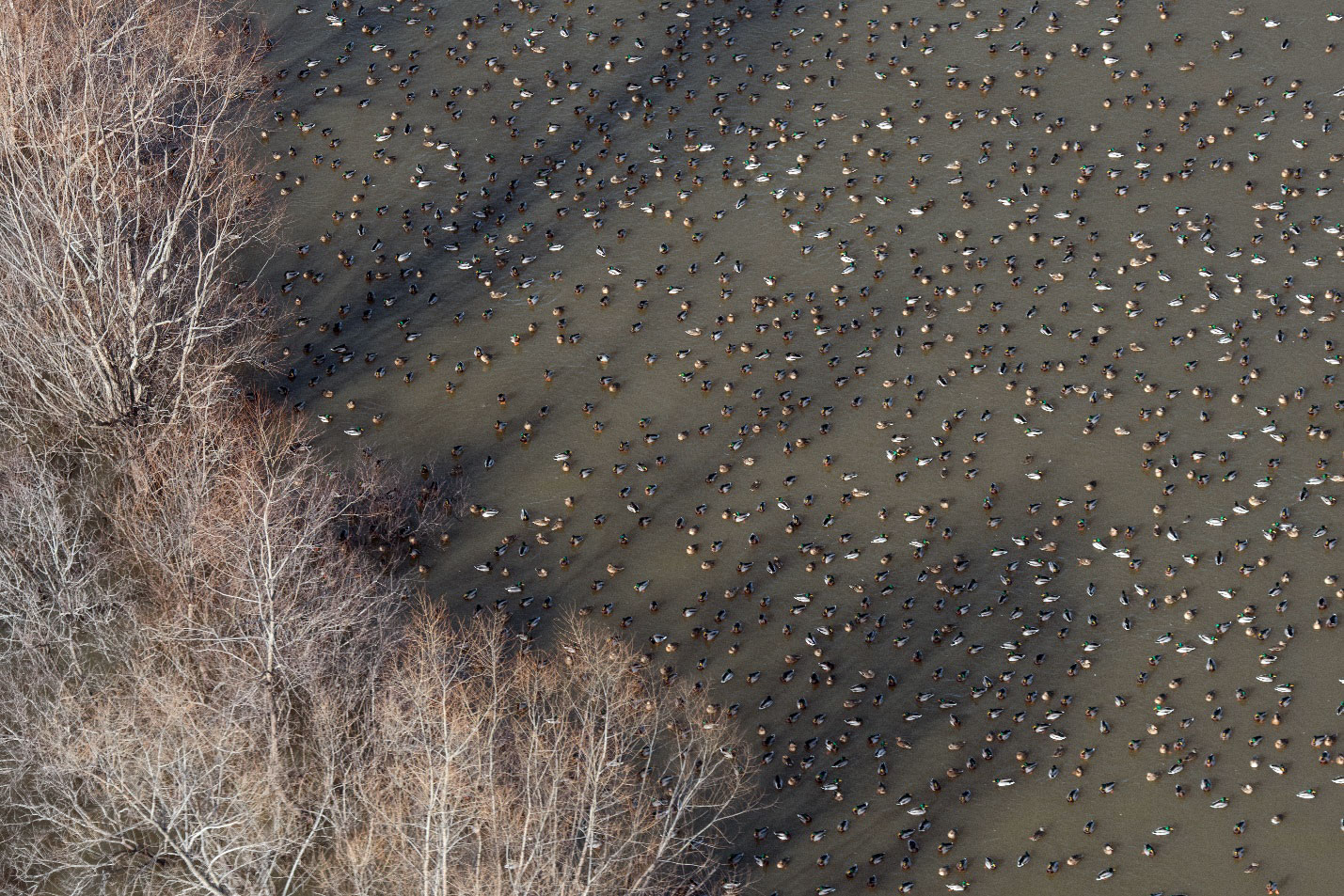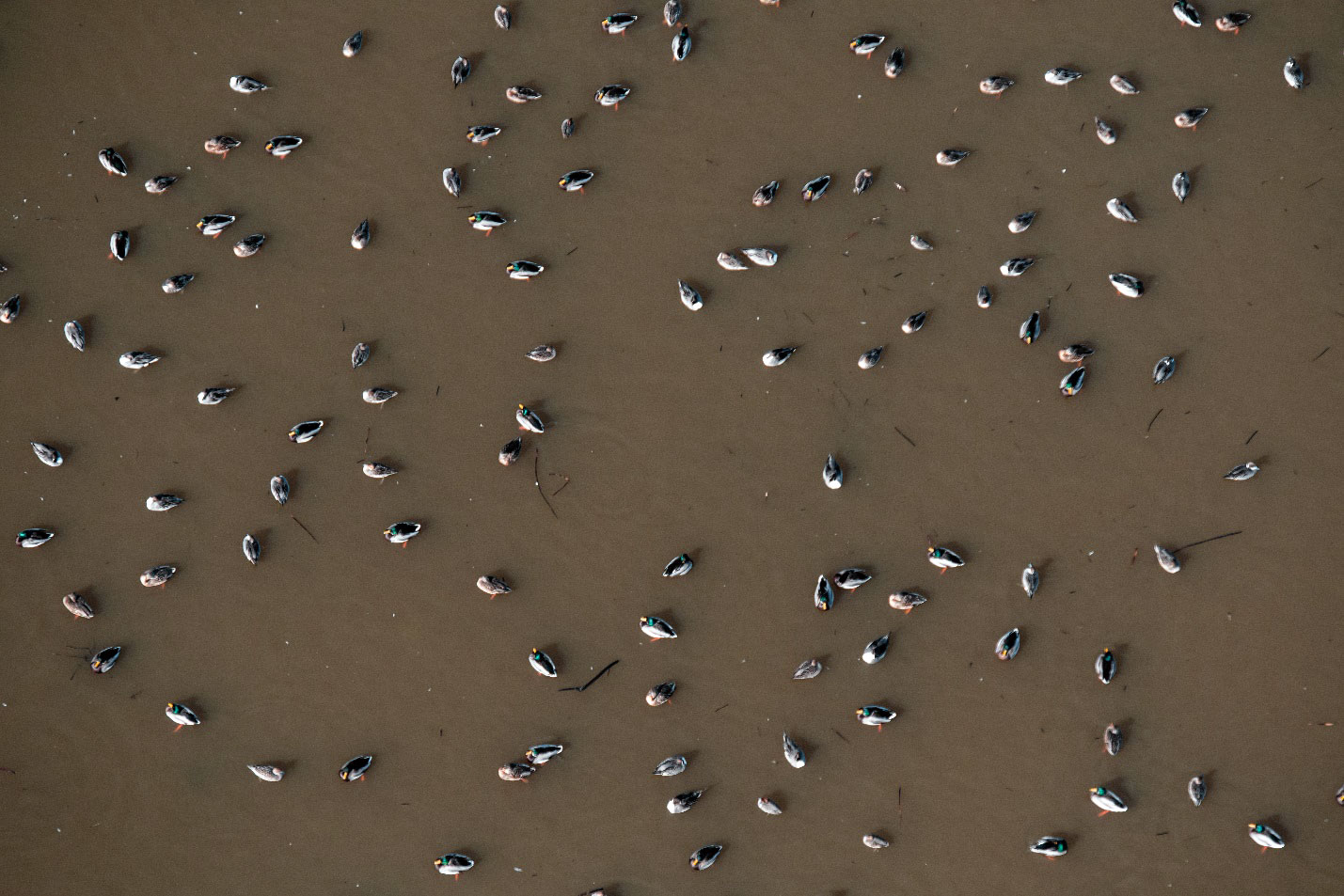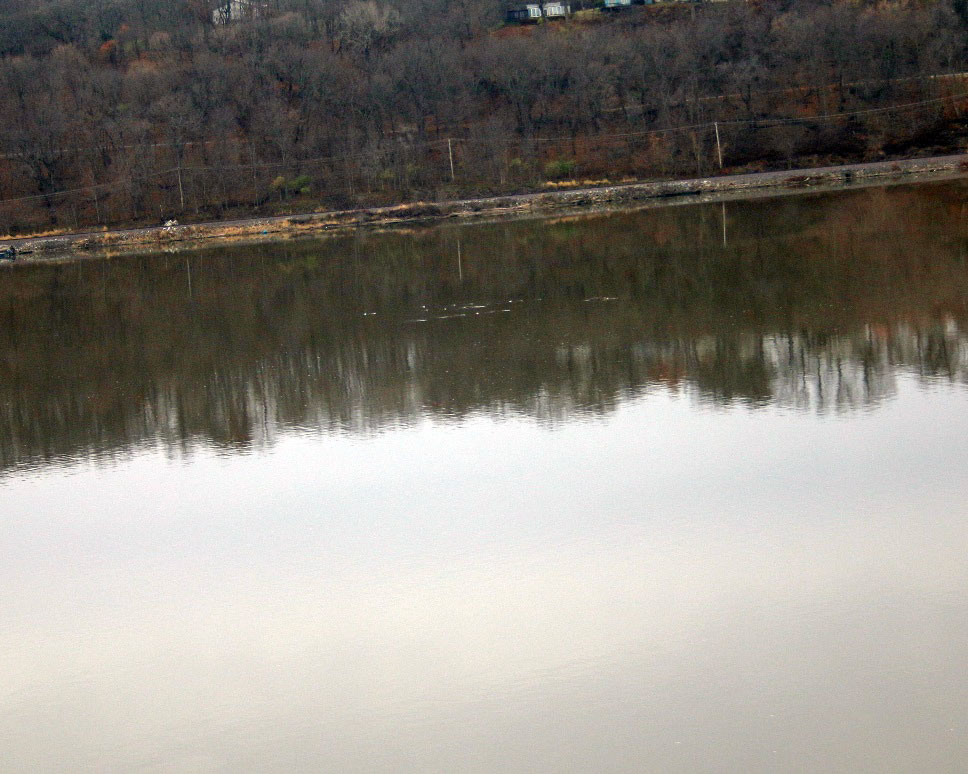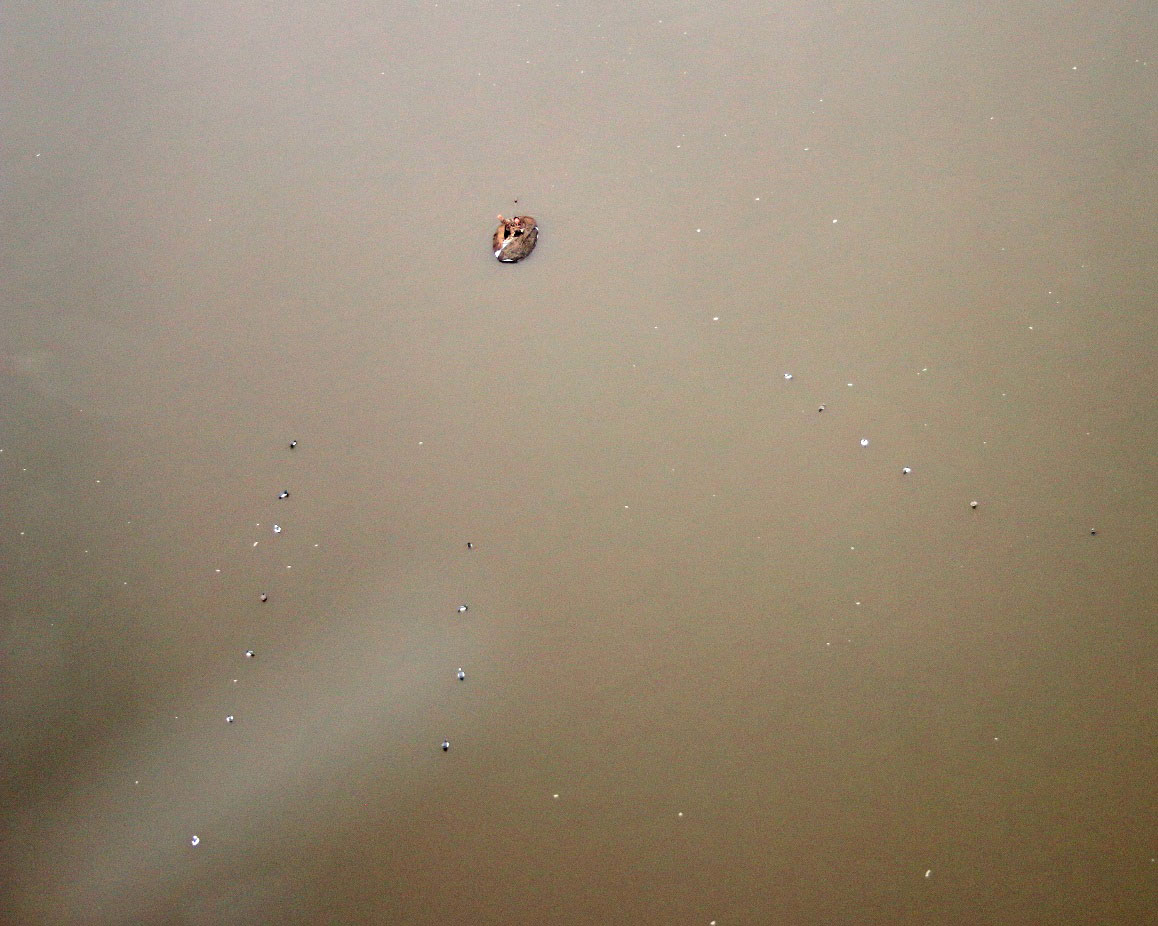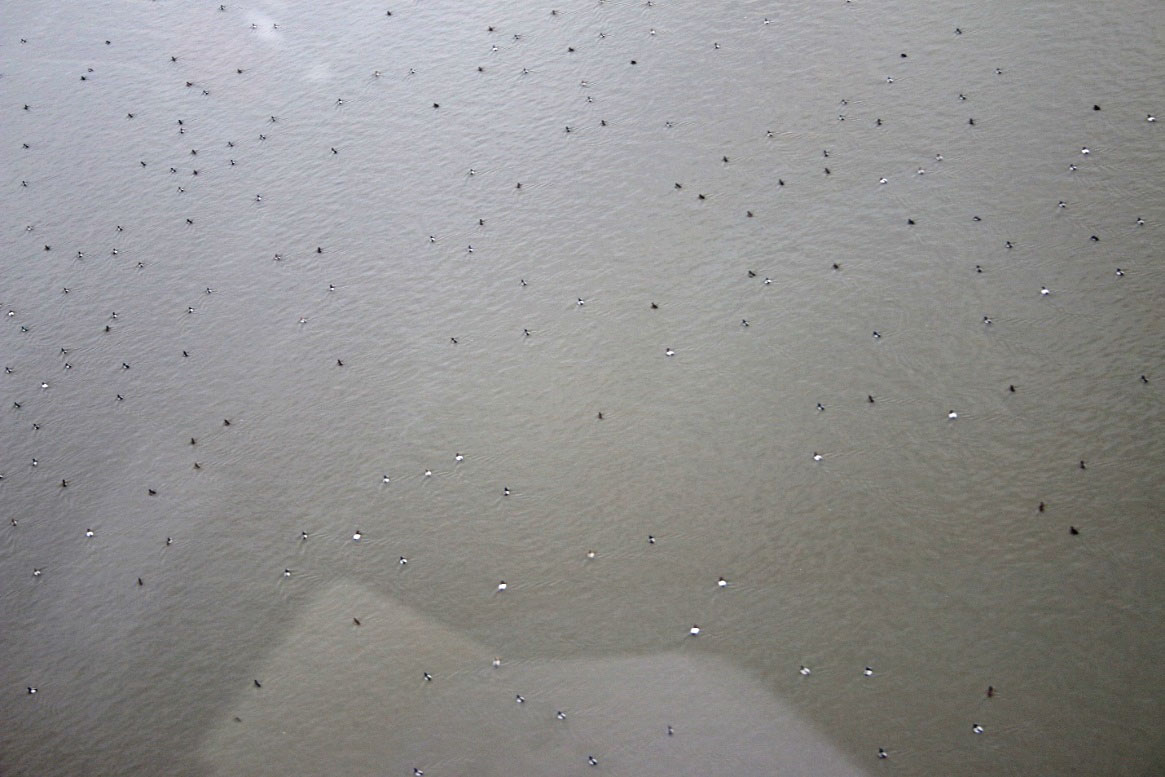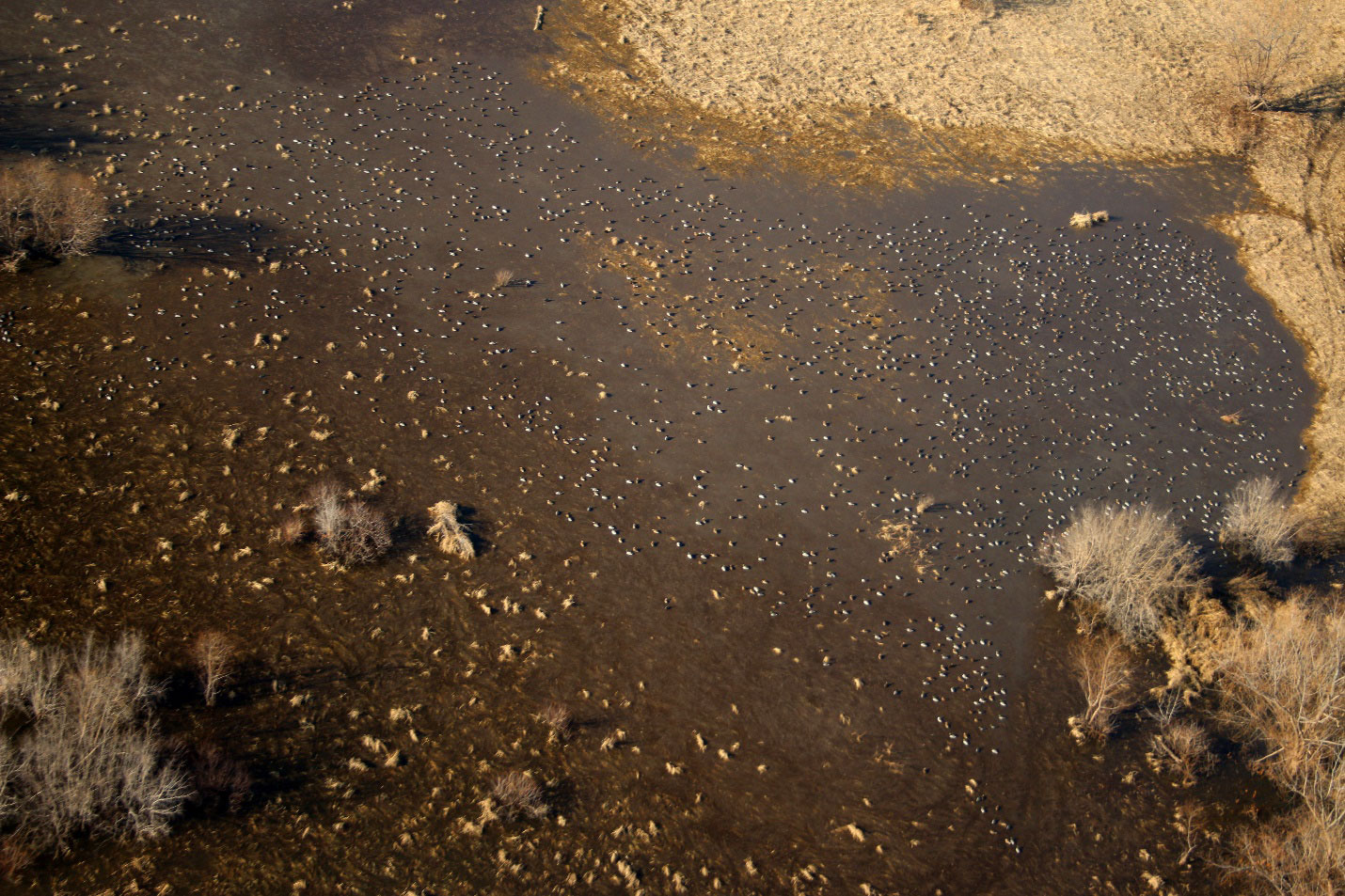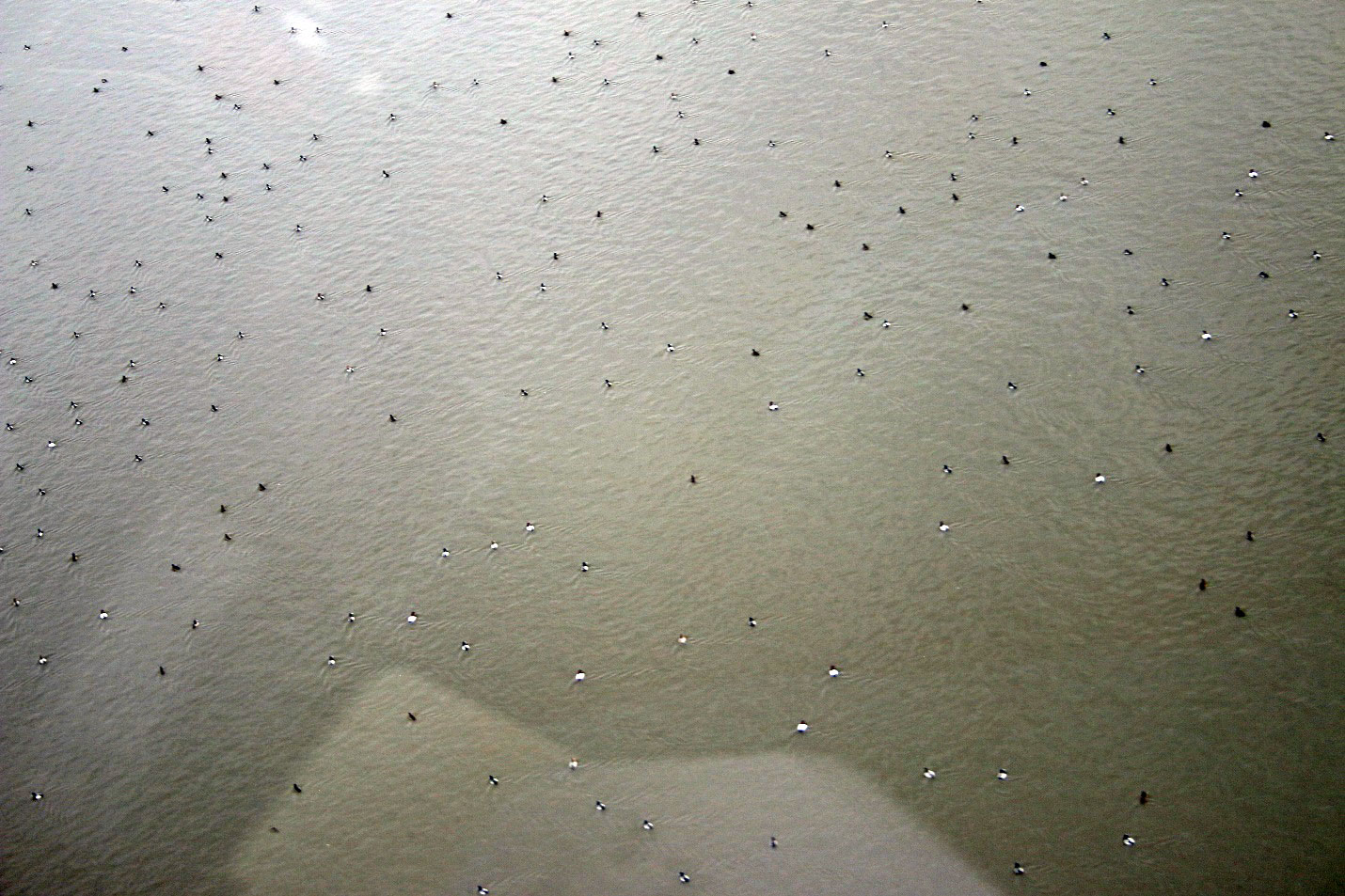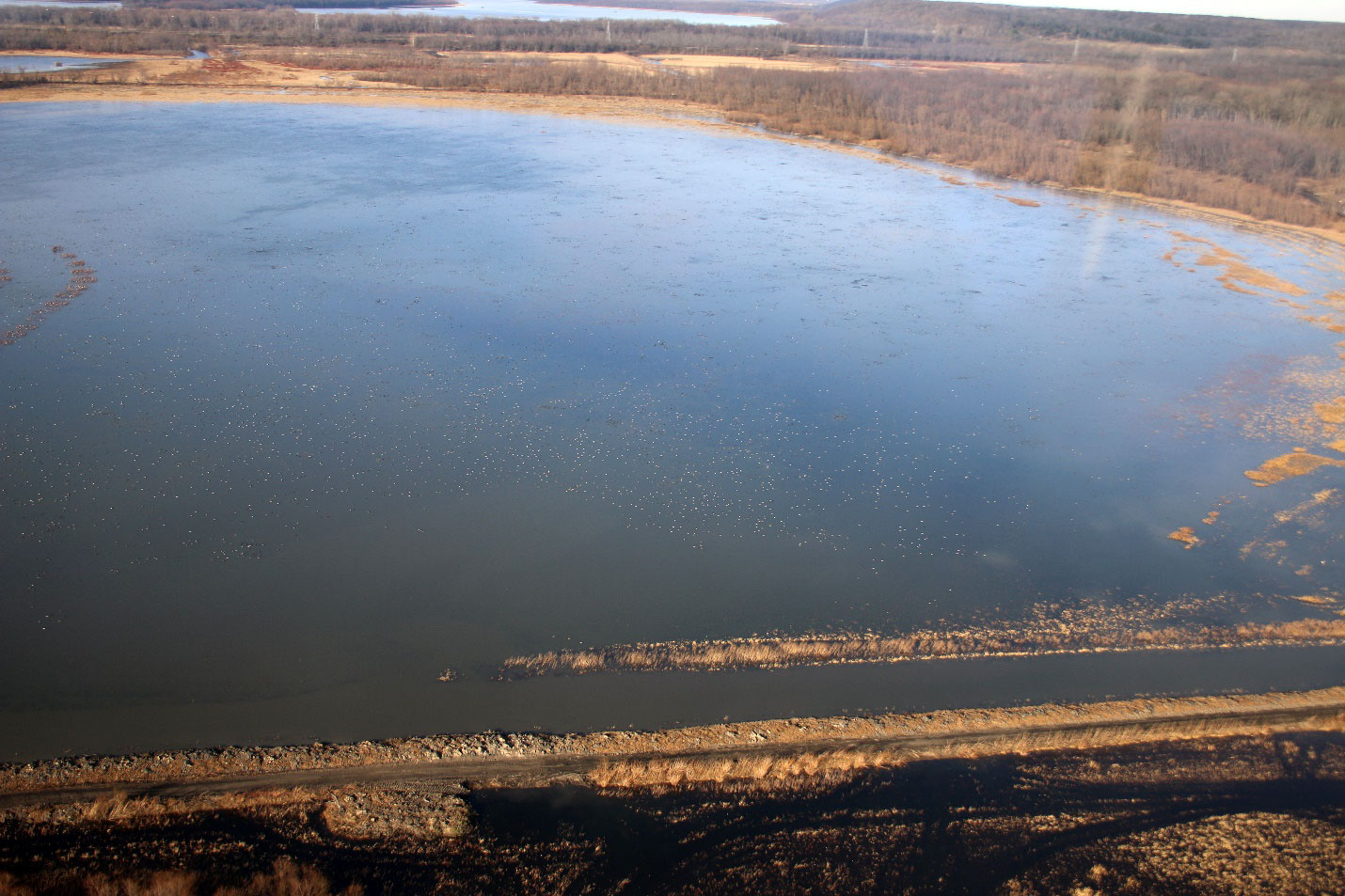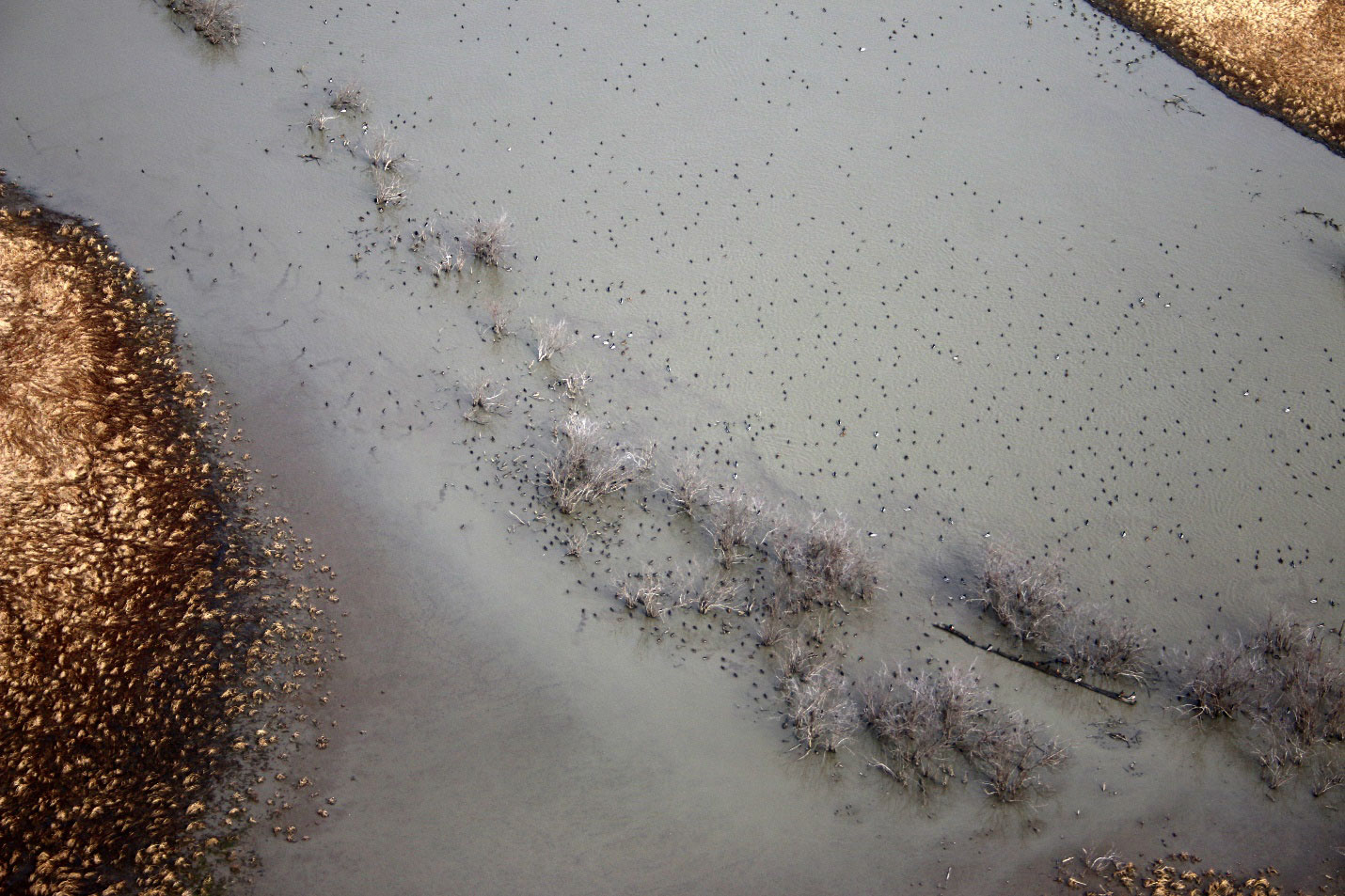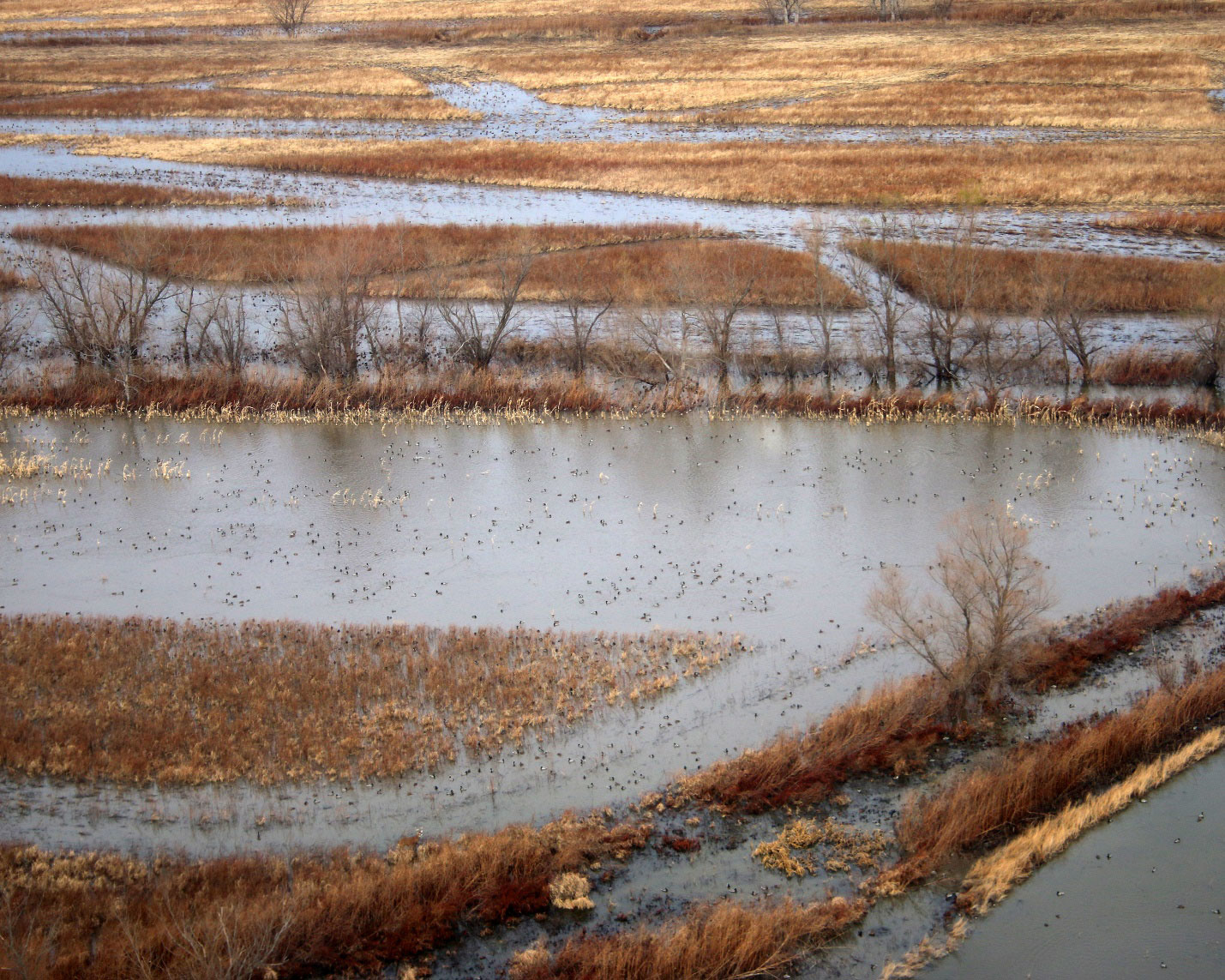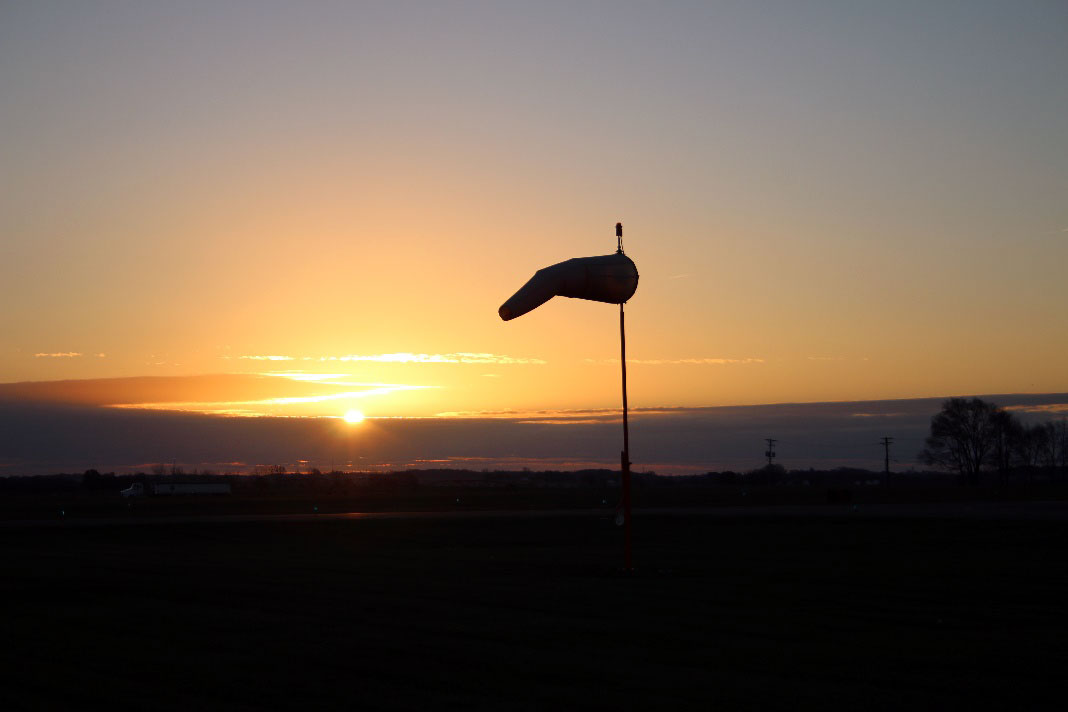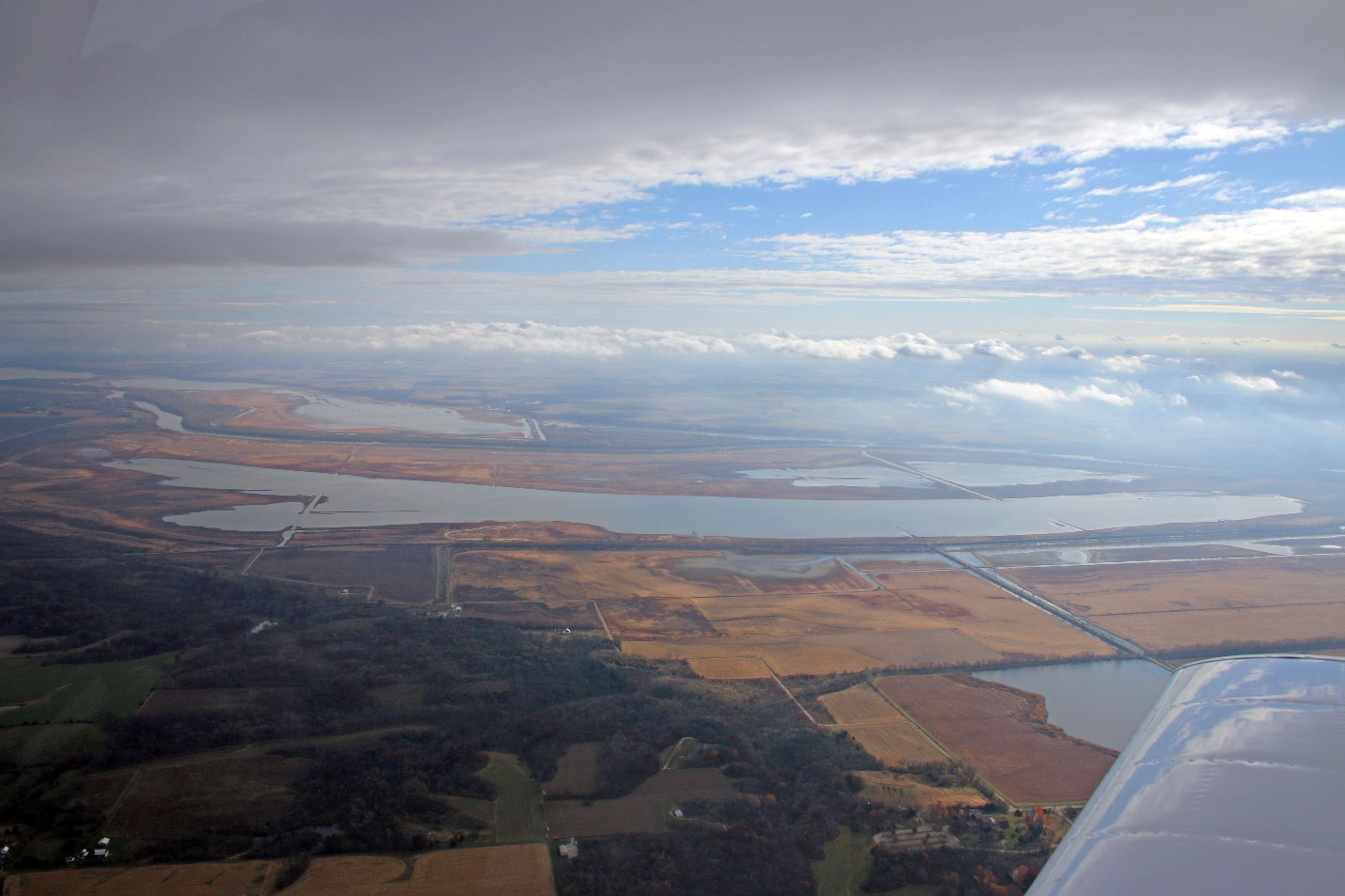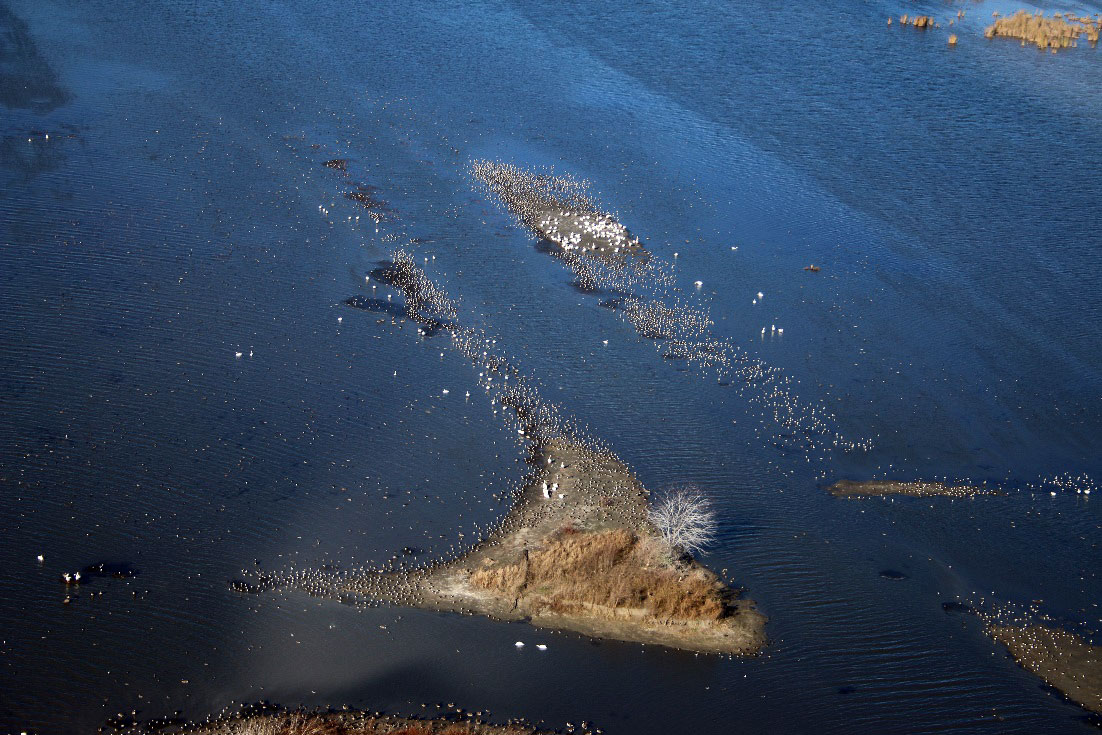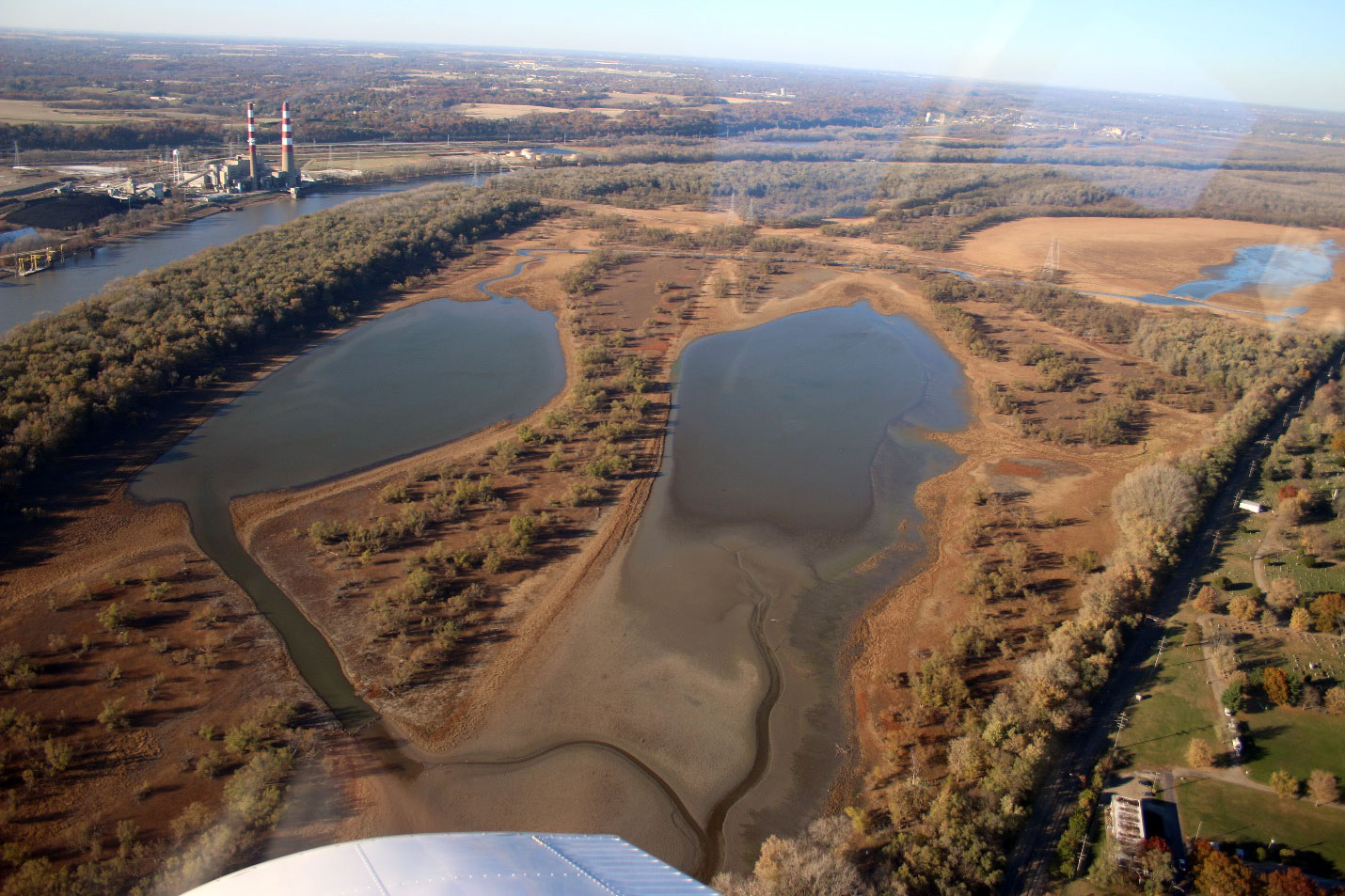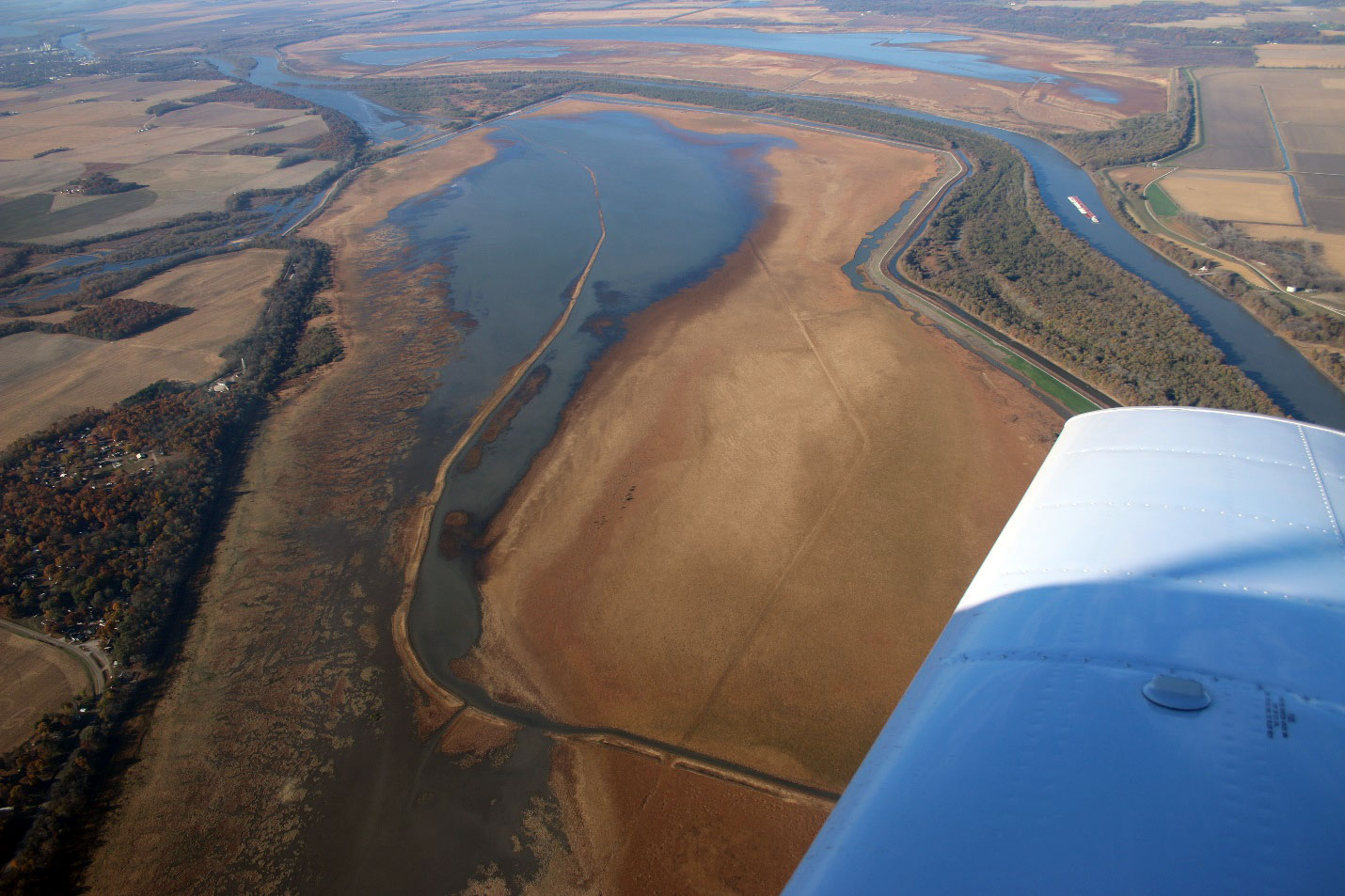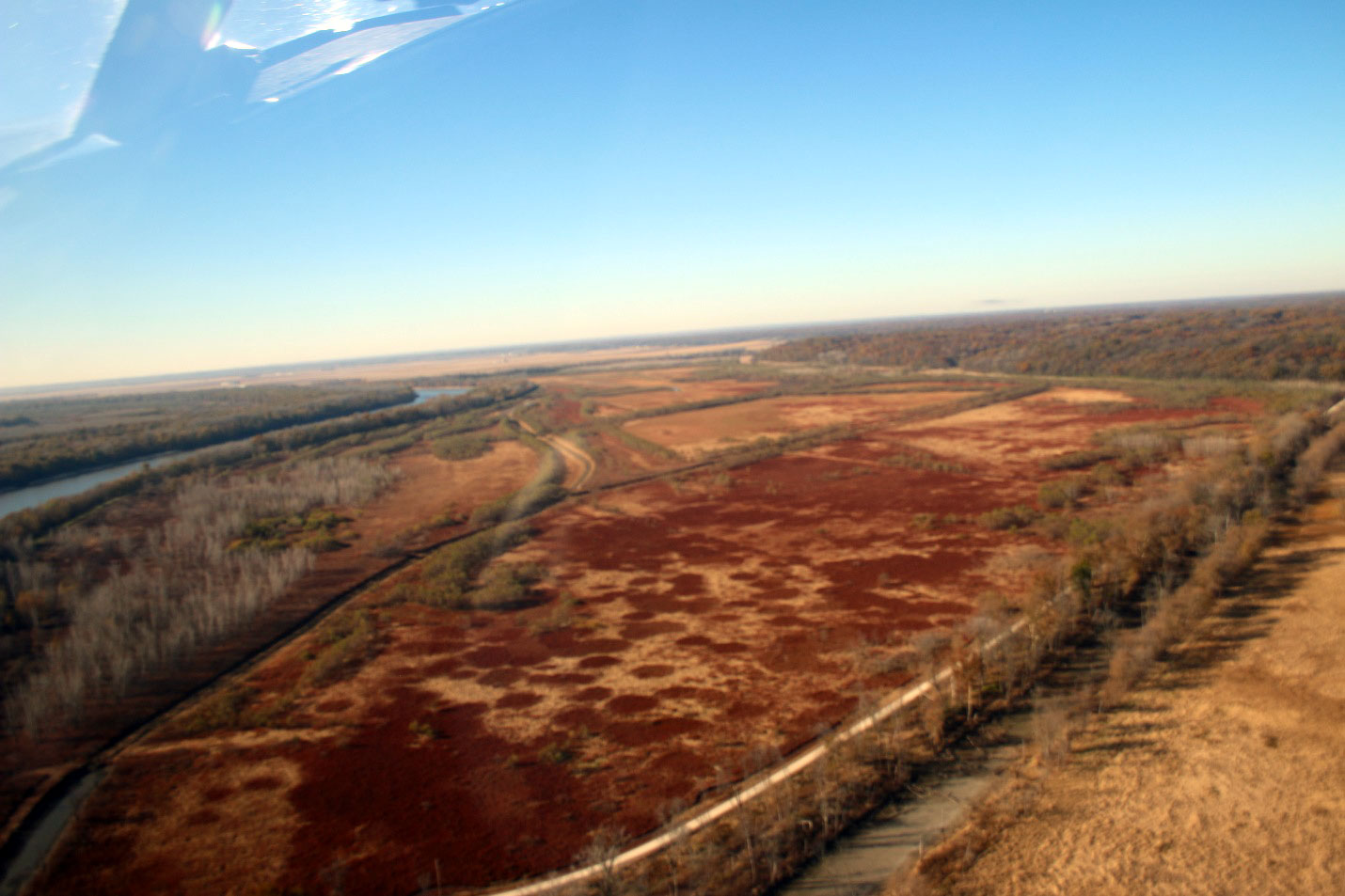Project Description: A Masters of Science research assistant position is available starting the Fall 2022 Semester at the University of Illinois Urbana-Champaign.
The successful candidate would be hired as a technician by Colorado Parks and Wildlife from March-July 2022 to collect the first year of pilot data on the project, and then begin as a master’s student at UIUC in August 2022. A detailed research proposal describing objectives, data collection, and analyses as well as a written thesis are partial requirements of the Masters of Science degree. The project is focused on the Eastern Black Rail (a federally threatened species) along the lower Arkansas River in Colorado. The successful candidate will lead a technician in collecting data about occupancy and habitat use of Eastern Black Rails across several sites, assessing the role habitat plays in Eastern Black Rail breeding success and also work to determine a survey framework for estimating abundance of the secretive species.
Research activities will be conducted in southeastern Colorado from March-July 2022 and 2023. The student will work closely in collaboration with Colorado Parks and Wildlife during the field work and throughout the project. Travel costs, including rustic housing, will be provided while in the field.
The student will be advised by Dr. Auriel Fournier (https://aurielfournier.github.io/), an Assistant Research Scientist and Director of the Forbes Biological Station (https://www.inhs.illinois.edu/fieldstations/forbes) at the Illinois Natural History Survey (INHS; https://www.inhs.illinois.edu/) and Research Assistant Professor in the Department of Natural Resources and Environmental Sciences (nres.illinois.edu) and Dr. T.J. Benson (https://publish.illinois.edu/tjbenson/) Senior Wildlife Ecologist at INHS and Research Associate Professor in NRES. The Illinois Natural History Survey is one of five scientific surveys housed within the Prairie Research Institute (PRI) at the University of Illinois Urbana-Champaign (UIUC), and the successful candidate will pursue their degree through the Department of Natural Resources and Environmental Sciences (NRES) at UIUC and the candidate must meet the minimum admission requirements of the NRES graduate program (https://nres.illinois.edu/graduate/apply).
Qualifications: Bachelors degree in Biology, Ecology, Wildlife Science, or related field. Competitive candidates will have an interest in learning or expanding their quantitative skills, an interest in applied conservation and management, and expertise or experience with wetlands, marsh birds, or other avian species. Applicants must also demonstrate both a willingness and ability to work long hours under challenging field conditions. A collaborative, positive attitude and eagerness to learn new skills are necessary for the successful candidate.
Salary and Appointment: This position includes a two-year 50% research assistantship with health insurance and a tuition waiver through the Department of Natural Resources and Environmental Sciences at the University of Illinois at Urbana-Champaign.
Application: Applications should be received by November 30th, 2021 for consideration. Interested applicants should email a single PDF to auriel@illinois.edu that includes: 1) cover letter stating why you are interested in the position and if/how you meet the qualifications listed above, 2) CV, 3) names and contact information for three professional references, and 4) copies of unofficial transcripts. Please put “CO BLRA MS Application” in the email subject line and include your last name in all attached file names.
Please also feel free to reach out to Dr. Auriel Fournier if you have additional questions or would like to schedule a conversation. The successful applicant will be expected to formally apply to the NRES graduate program at UIUC. All admission decisions must be approved by the NRES Director of Graduate Studies.
The University of Illinois is an Equal Opportunity, Affirmative Action employer. Minorities, women, veterans, and individuals with disabilities are strongly encouraged to apply. For more information, visit http://go.illinois.edu/EEO.
